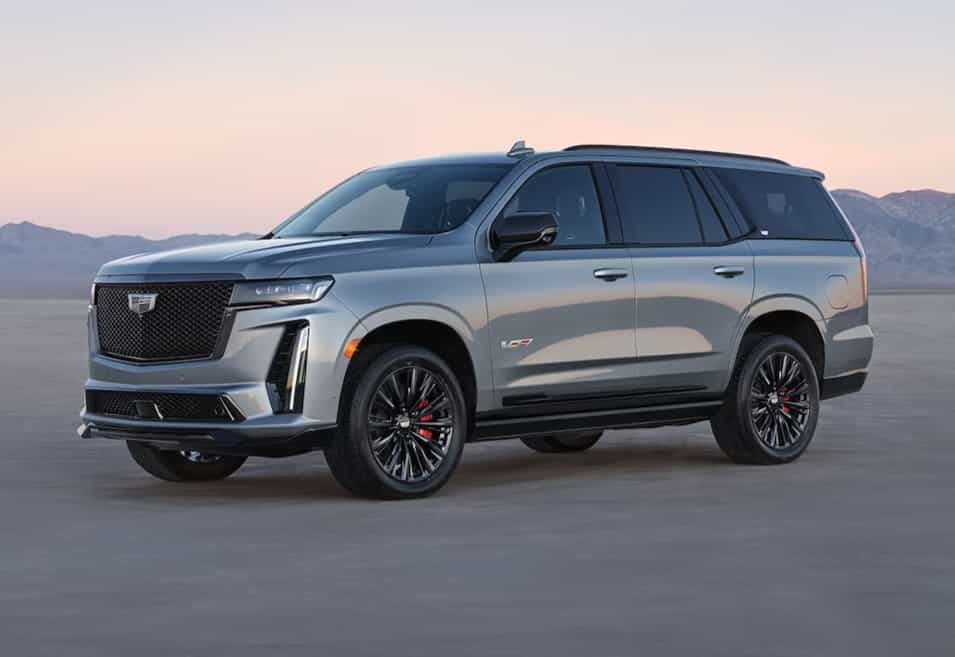Automobiles are such an essential part of everyday life in the modern world it’s impossible to imagine what society would look like without them. Vehicle manufacturing is a massive part of the global economy and has been going strong for over a century. The first Ford Model T rolled off the assembly line in 1908 and were a massive hit with consumers. In the 115 years since then, auto manufacturing, registration, insurance, repair, and dealerships have grown beyond Henry Ford’s wildest dreams. Things like VINs (vehicle identification numbers), MSRPs (manufacturer suggested retail prices), and MPG ratings have become a part of everyone’s vocabulary. Consider the following facts that illustrate how important cars are to people in the 2020s.
Prices From 1960 to Now
The price of a typical new automobile in 1960 was $2,600. While that might seem low, it’s necessary to convert that figure into 2023 dollars before making a judgment about how inexpensive vehicles were in 1960. That amount converts to $26,500 for 2023, which means that prices for new cars were quite a bit more affordable than the current $46,000 sticker price.
VINs
For car owners, VINs don’t make a big difference. They show up on insurance ID cards and registration documents, but that’s about it. However, for transport fleet managers, VINs are an important part of everyday activities. Fleet managers use the numbers to keep accurate records of registrations, current safety recalls, active warranties, and insurance coverage. Nearly all fleet vehicle information is filed under the VIN. Managers need to know how to locate VINs and decode each digit. It’s essential for them to be able to read a VIN, just as some can read an MPG rating or street address. The first step is to understand that the letters and numbers in a standard VIN are not random. Each one carries specific data about its vehicle.
MPG & Operating Costs
Some like to keep track of what they spend on gasoline each month. While everyone’s habits are unique, averages can reveal a lot about what it costs to fuel a typical combustion vehicle. US drivers log about 37 miles per day, on average, and spend $3.60 for a gallon of fuel in late 2023. Factoring in an average combined 24 MPG for all vehicles on US roads yields some useful data. The typical driver covers 13,505 miles per year, uses 563 gallons of fuel, and spends about $2,025 at the pump. However, it’s more informative to look at total operating costs, which take not just fuel into account but also insurance, maintenance, registration, depreciation, finance charges on auto loans, and other fees. The total ownership and operating expense for a US car owner in 2023 is $8,318, based on a 15,000-mile usage rate.
The VIN Myth
There are widespread and pernicious myths about VINs, courtesy of social media viral videos. The two biggest mistakes people make when producing their online social media memes are not only nonsensical but could cause problems for unsuspecting car owners. First, you’ll hear that it’s important to hide your VIN from prying eyes. In fact, most state laws require owners to leave VIN tags in place. Most are located just between the corner of the dash and the bottom of the windshield. The other myth involves potential theft. The social media videos claim, incorrectly, that anyone who sees your vehicle identification number can copy it, take it to a dealer, claim to be you, and get a fresh set of keys. Then, the crazy story goes, they’ll simply use those keys to steal your car. Dealers never give duplicate keys to anyone but an owner who presents at least two pieces of verifiable identification.

